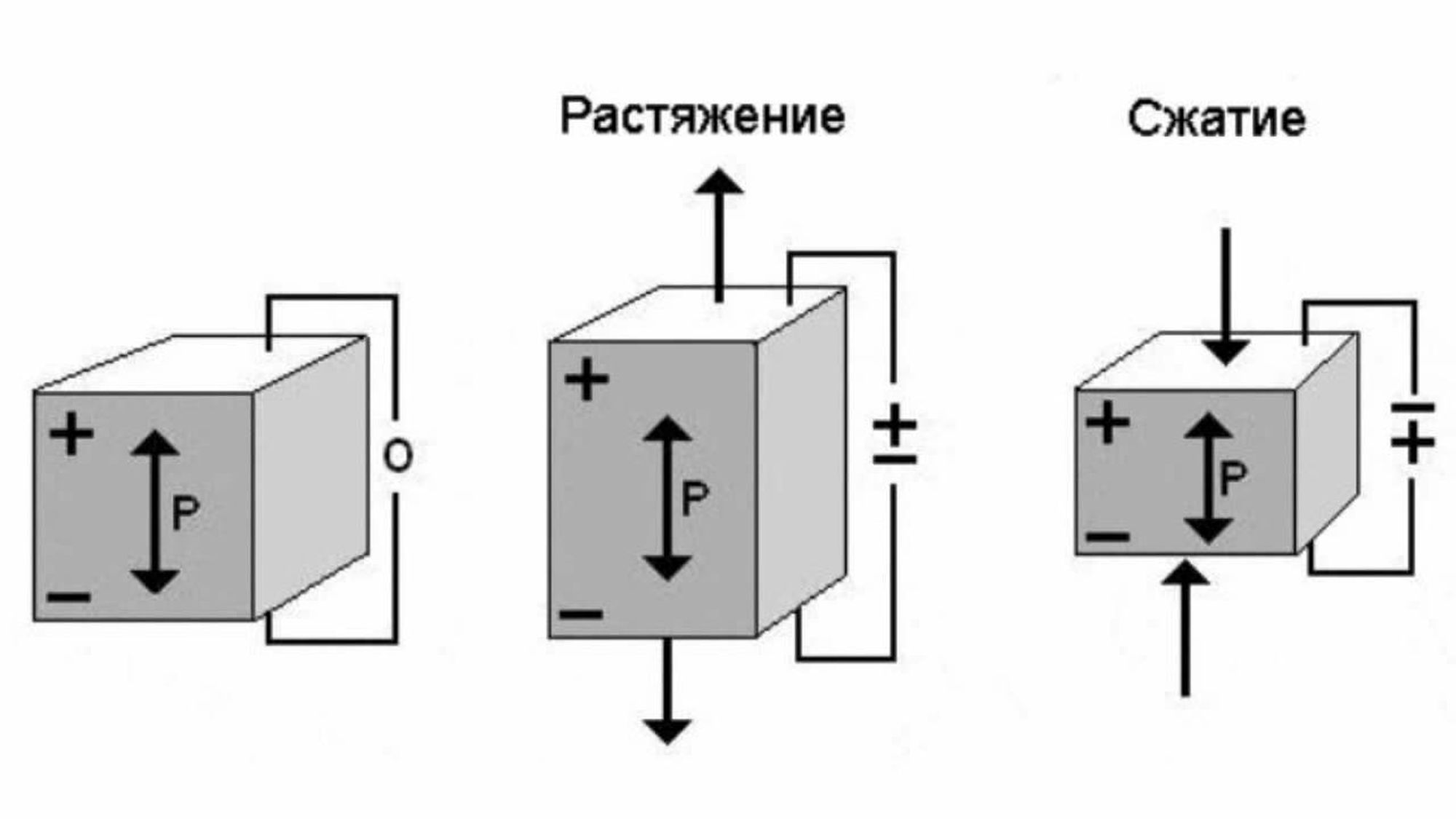
What is electrostriction? Electrostriction is a property of all dielectric materials where they deform when subjected to an electric field. Unlike piezoelectricity, this effect is quadratic, meaning the deformation depends on the square of the electric field. This phenomenon occurs in materials without requiring any initial polarization. Why does it matter? Electrostriction plays a crucial role in various applications, from sensors to actuators. It helps in designing devices that need precise control over movement and force. Understanding electrostriction can lead to innovations in electronics, medical devices, and even robotics. Curious to learn more? Dive into these 28 fascinating facts about electrostriction to see how this unique property impacts technology and everyday life.
What is Electrostriction?
Electrostriction is a fascinating phenomenon in physics and materials science. It involves the change in shape or dimensions of a dielectric material when an electric field is applied. This effect is different from piezoelectricity, which only occurs in materials lacking a center of symmetry. Electrostriction, however, can occur in all dielectric materials.
- Electrostriction occurs in all dielectric materials, not just those lacking a center of symmetry.
- Dielectric materials are insulators that can be polarized by an electric field.
- Electrostriction is a quadratic effect, meaning the deformation is proportional to the square of the electric field.
- Piezoelectricity and electrostriction are different; piezoelectricity is a linear effect, while electrostriction is quadratic.
- Electrostriction can be observed in materials like ceramics, polymers, and crystals.
How Does Electrostriction Work?
Understanding the mechanics behind electrostriction helps in various applications, from sensors to actuators. When an electric field is applied, the material's molecules align in a way that causes a change in shape or size.
- Molecular alignment in a dielectric material changes when an electric field is applied.
- Electric field strength directly influences the degree of electrostriction.
- Material deformation due to electrostriction is reversible; removing the electric field returns the material to its original shape.
- Electrostrictive materials can be engineered for specific applications by altering their composition.
- Temperature can affect the degree of electrostriction in a material.
Applications of Electrostriction
Electrostriction has practical uses in various fields, including electronics, medical devices, and robotics. Its ability to convert electrical energy into mechanical energy makes it valuable for many technologies.
- Sensors use electrostrictive materials to detect changes in pressure or force.
- Actuators convert electrical signals into mechanical movement using electrostriction.
- Medical devices like ultrasound transducers rely on electrostrictive materials for precise control.
- Robotics benefit from electrostrictive materials for creating responsive and flexible components.
- Energy harvesting devices can use electrostriction to convert mechanical energy into electrical energy.
Advantages of Electrostriction
Electrostriction offers several benefits over other methods of inducing material deformation. Its unique properties make it suitable for specific applications where precision and reliability are crucial.
- High precision in deformation allows for accurate control in applications like sensors and actuators.
- Reversibility ensures that materials return to their original shape, making them reusable.
- Wide material availability means that many different substances can exhibit electrostriction.
- Low power consumption makes electrostrictive devices energy-efficient.
- Durability of electrostrictive materials ensures long-lasting performance in various applications.
Challenges in Electrostriction
Despite its advantages, electrostriction also presents some challenges. Understanding these can help in developing better materials and applications.
- Material fatigue can occur with repeated use, affecting performance over time.
- Temperature sensitivity can limit the use of electrostrictive materials in extreme conditions.
- Complex fabrication processes may be required to create materials with optimal electrostrictive properties.
- Cost of high-quality electrostrictive materials can be a barrier for some applications.
- Limited deformation range compared to other methods like piezoelectricity.
Future of Electrostriction
Research and development in electrostriction continue to expand its potential applications. Innovations in materials science and engineering promise to overcome current limitations and open new possibilities.
- Nanotechnology could enhance electrostrictive properties by manipulating materials at the atomic level.
- Smart materials that combine electrostriction with other properties could lead to multifunctional devices.
- Sustainable materials development aims to create eco-friendly electrostrictive substances for green technologies.
The Final Word on Electrostriction
Electrostriction is a fascinating phenomenon that plays a crucial role in various technologies. From sensors to actuators, this effect is everywhere. Understanding how materials deform under an electric field can lead to innovations in medical devices, robotics, and even consumer electronics. The science behind electrostriction might seem complex, but its applications are straightforward and impactful. As we continue to explore this field, new materials and methods will likely emerge, pushing the boundaries of what's possible. So, whether you're a student, a researcher, or just someone curious about the world, knowing a bit about electrostriction can give you a new perspective on the technology around us. Keep an eye out for this term; it's more common than you might think.
Was this page helpful?
Our commitment to delivering trustworthy and engaging content is at the heart of what we do. Each fact on our site is contributed by real users like you, bringing a wealth of diverse insights and information. To ensure the highest standards of accuracy and reliability, our dedicated editors meticulously review each submission. This process guarantees that the facts we share are not only fascinating but also credible. Trust in our commitment to quality and authenticity as you explore and learn with us.
